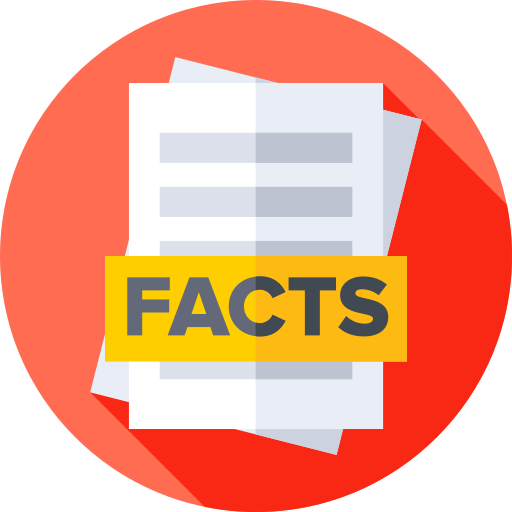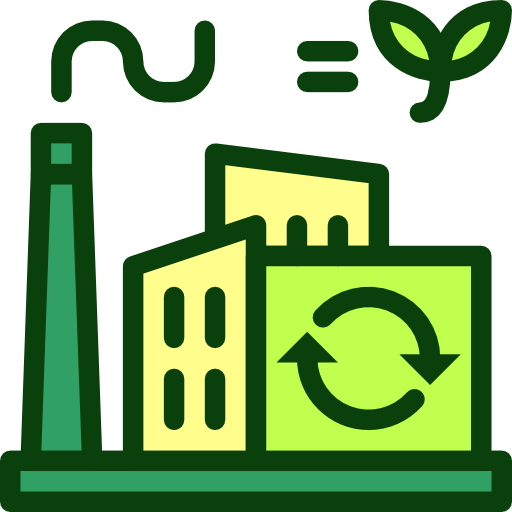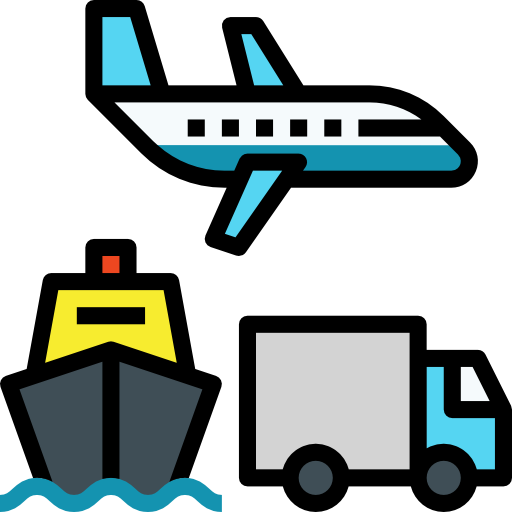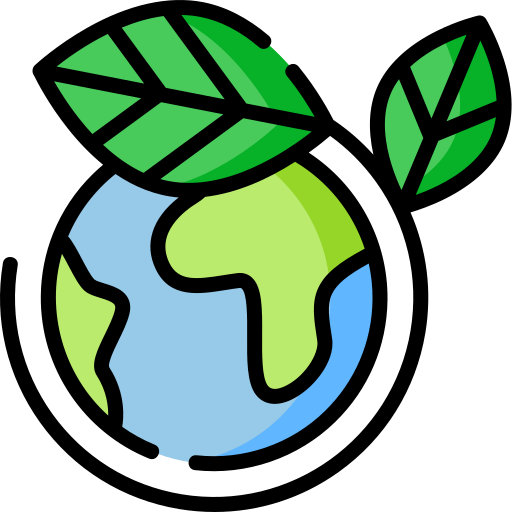Russia - Environment

As far as the environment of Russia is concerned, there have been . As for nvironment - international agreements, we have; .
About the environment of Russia
| Climate | We have ranges from steppes in the south through humid continental in much of European Russia; subarctic in Siberia to tundra climate in the polar north; winters vary from cool along Black Sea coast to frigid in Siberia; summers vary from warm in the steppes to cool along Arctic coast |
|---|---|
| Revenue from forest resources | |
| Revenue from coal | |
| Waste and recycling | Municipal solid waste generated annually: 60 million tons (2024 est.) |
| Total renewable water resources | 4.53 trillion cubic meters (2022 est.) |
| Major rivers (by length in km) | |
| Total water withdrawal | |
| Municipal | 17.15 billion cubic meters (2022 est.) |
| Industrial | 29.03 billion cubic meters (2022 est.) |
| Agricultural | 18.64 billion cubic meters (2022 est.) |
| Land Use | |
| Agricultural land | 13.2% (2023 est.) |
| Agricultural land: arable land | arable land: 7.4% (2023 est.) |
| Agricultural land: permanent crops | permanent crops: 0.1% (2023 est.) |
| Agricultural land: permanent pasture | permanent pasture: 5.6% (2023 est.) |
| Forest | 50.7% (2023 est.) |
| Other | 35.9% (2023 est.) |
| Urbanization | |
| Urban population | 75.3% of total population (2023) |
| Rate of urbanization | 0.11% annual rate of change (2020-25 est.) |
| Major urban areas (Pop) | 12.680 million MOSCOW (capital), 5.561 million Saint Petersburg, 1.695 million Novosibirsk, 1.528 million Yekaterinburg, 1.292 million Kazan, 1.251 million Nizhniy Novgorod (2023). |
All Important Facts about Russia
Want to know more about Russia? Check all different factbooks for Russia below.









